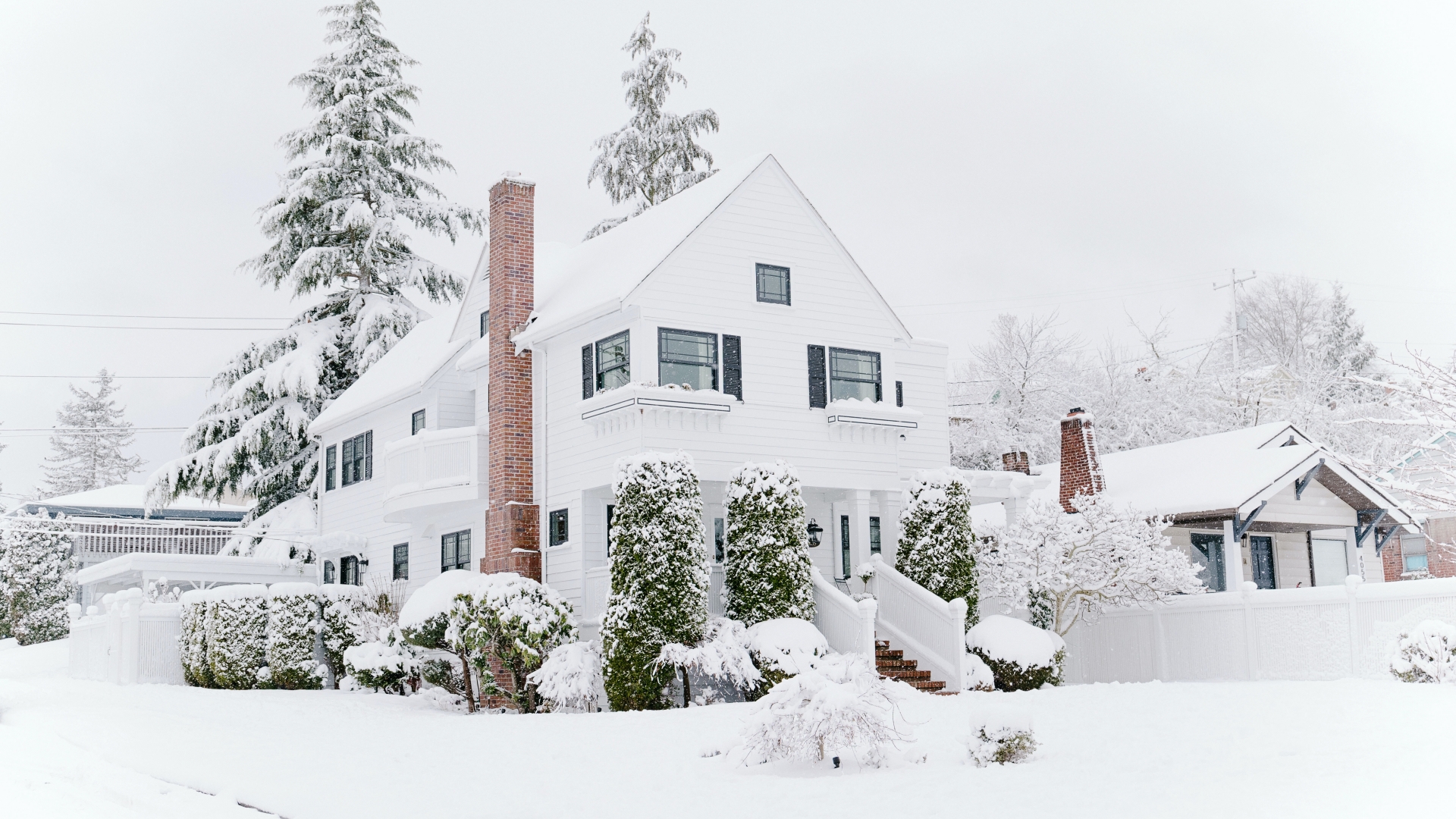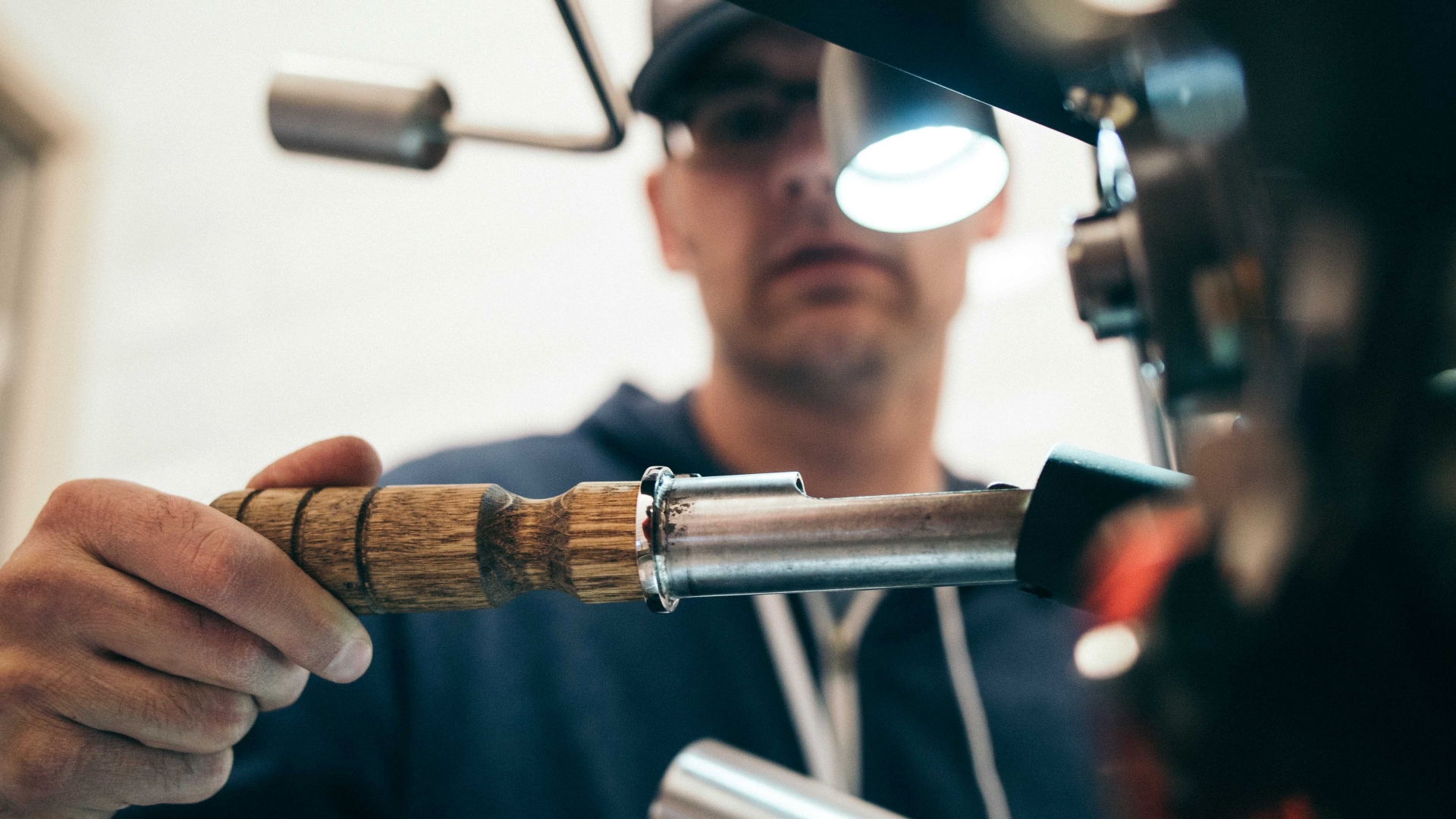Steel buildings provide a versatile, resilient, cost-effective construction solution for commercial, agricultural, industrial, and even residential needs. Compared to traditional wood framing, all-steel buildings offer unparalleled strength and durability. Steel’s high strength-to-weight ratio allows for large clear spans without interior columns. Steel construction is also praised for its sustainability, energy efficiency, design flexibility, and faster assembly.
The Advantages of Steel Buildings
Steel offers inherent advantages that make it an ideal building material in many situations:
- Durability and Strength: Steel’s high tensile strength makes it extremely durable and resistant to wear, abrasion, rot, termites, and mold. Steel frames are engineered to withstand hurricane-force winds, heavy snow loads, and seismic events. The ruggedness of steel translates to a long service life with minimal upkeep required.
- Low Maintenance: Steel does not require sealing, staining, or repainting like wood. Minimal maintenance improves cost savings over the lifespan of steel buildings. The only maintenance involves keeping snow and debris cleared from the steel roof.
- Versatility: Steel accommodates virtually any building style or function, from completely open warehouses to multi-story offices. Thanks to steel frames’ stability, interiors are easy to reconfigure or expand, and exteriors can incorporate various finishes, colors, and architectural details.
- Faster Construction: Pre-engineered steel components allow for quick assembly on site. Sections bolt together securely with minimal welding. Construction moves along more rapidly compared to traditional building techniques, reducing labor costs and accelerating occupancy.
- Cost-Effectiveness: Though initial costs may be higher, steel buildings offer better long-term value than less durable options. Their resilience, low maintenance, and energy efficiency provide significant cost savings decade after decade.
- Sustainability: Steel is the most recycled construction material. It can be continuously melted down and reused. Steel fabrication generates minimal waste. The energy-efficient envelope of steel buildings also conserves energy.
- Fire Resistance: Properly insulated steel structures resist fire far better than wooden buildings. Steel’s noncombustible nature slows flame spread, reduces smoke, and prevents collapse. This added safety margin safeguards valuables.
- Clear Span Design: Rigid steel framing enables expansive column-free interiors uninterrupted by support posts. This creates flexible layouts adaptable to equipment and operational needs. Forklifts and machinery maneuver easily within open floor plans.
Types of Steel Buildings
There are several common types of steel building systems:
- Metal Buildings: The most basic and economical option consists of pre-fabricated steel frames with sheet metal wall panels. Roof styles include gabled and single-sloped.
- Arch Buildings: Also known as quonset buildings, an arched steel frame with curved roof panels allows for spacious, open interiors. The arched shape provides exceptional strength.
- Quonset Huts: Originating in World War 2, these are semi-cylindrical versions of arch buildings with corrugated steel walls and roofs. The curved shape resists wind forces.
- Post-frame buildings: Vertical steel posts embedded in concrete anchor the building, and horizontal roof beams create a simple and affordable enclosed structure.
- Butler Buildings: These commercial structures feature frames with tapered columns and roof beams clad in the exterior metal wall and roof paneling. The tapered shape provides stability against wind shear.
- Rigid Frame Buildings: This steel skeleton consists of straight columns and angled roof beams joined together to form rigid triangles, providing integral stability. Curtain walls fill in between the frames.
- Pre-Engineered Buildings: The steel frames are pre-designed and fabricated offsite based on the building’s exact measurements and engineering needs for quick, economical on-site assembly.
- Tension Fabric Buildings: A rigid steel frame anchored in concrete supports a tensioned fabric membrane roof system to create column-free enclosures. The fabric roof system provides natural daylighting.
Factors to Consider When Choosing a Steel Building
Determine the ideal steel building for your needs by carefully considering:
- Purpose: How the structure will be used dictates important factors like space requirements, finishes, climate control, lighting, access points, and more. Clarify the building’s purpose up front.
- Size: Accurately measure the footprint and interior square footage required to house all occupants, furnishings, and activities. If applicable, account for potential future expansion.
- Location: Local climate, potential weather hazards, temperature variations, and seismic activity help define necessary attributes like snow load capacity, wind resistance, and foundation needs.
- Foundation: The soil conditions and required stability determine the recommended foundation type, which may include concrete slabs, piles, piers, or anchored tie-downs.
- Doors and Openings: The number, placement, and sizes of doors, windows, and skylights impact ventilation, natural light, access, and functionality.
- Ventilation: The building’s use and contents determine what type of ventilation is sufficient – whether natural, mechanical, or a combination. Proper airflow prevents condensation.
- Budget: Prices vary based on building size, materials, and components selected. Determine an upfront construction budget and select cost-effective materials that still meet durability needs.
- Contractor Experience: An experienced steel building contractor understands local conditions and building codes. They oversee proper site preparation and foundation work.
- Energy Codes: Incorporate required R-values, HVAC systems, and lighting solutions to meet local energy codes and optimize efficiency.
- Appearance: Available finishes range from bare steel to vibrant colors and stone textures. Determine the aesthetic style, outside lighting, and landscaping.
- Future Expansion: Design the foundation and underlying structure to easily allow for potential future expansion through additional steel bays or wings.
Applications of Steel Buildings
Thanks to their versatility, steel buildings designed by Eagle Buildings suit numerous commercial and personal uses:
- Warehouses & Distribution Centers: Enormous column-free interiors handle high-density storage and logistics operations. Loading docks, conveyors, and cranes easily integrate.
- Manufacturing Facilities: Customized steel buildings suit specialized needs, such as clear heights, modular layouts, and infrastructure to support manufacturing and production processes.
- Retail Spaces: Steel construction accommodates large open retail floors alongside back-office and storage areas. Exterior brand stores through creative use of color, finishes, and signage.
- Aircraft Hangars: Massive durable spans create spacious interiors to accommodate private, commercial, and military aircraft maintenance and storage.
- Athletic Facilities: Steel athletic complexes offer expansive fields and courts bordered by storage and spectator seating. Natural lighting creates ideal indoor playing conditions.
- Automotive: Steel is ideal for repair garages, parts warehouses, trucking terminals, and equipment maintenance shops, thanks to its clearance, vehicle access, and durability.
- Public Works: Steel shelters vehicles, equipment, and materials for highway, water, parks departments, and utilities. Salt storage, fleet parking, and maintenance bays integrate seamlessly.
- Public Safety: Police and fire stations benefit from steel’s rapid construction, durability, and ability to withstand heavy equipment and vehicles pulling in and out.
Steel Building Insulation
Proper insulation improves steel buildings’ temperature regulation, soundproofing, and energy efficiency. Common insulation types include:
- Fiberglass batts
- Mineral wool
- Rigid foam boards
- Spray foam insulation
Fiberglass and mineral wool work well for insulating walls and ceilings. Foam sheathing adds insulating power to exterior walls, and spray foam effectively seals small gaps and crevices.
Insulation needs vary based on building location, use, and local energy codes. Vapor barriers prevent moisture issues. A certified energy auditor can assess insulation needs to meet efficiency standards. Proper installation by qualified professionals ensures ideal performance.
Partnering with the Right Steel Building Company
Seeking out an established steel building company is recommended for the best results. Reputable providers like Eagle Buildings offer:
- 3D renderings of proposed buildings
- Custom engineering based on local conditions
- Guaranteed pricing and transparent estimates
- Satisfaction guaranteed warranties
- Single-source for design, permitting, manufacturing, and installation
- Decades of steel construction experience
- Locally based project managers who oversee the process
- On-staff professional erectors for proper assembly
- Long-term parts and service support
- Quick and responsive customer service
Conclusion
With their unmatched durability, low maintenance, energy efficiency, design flexibility, accelerated construction, and resilience, it’s easy to see why steel buildings reign supreme for a wide range of applications. Partnering with a trusted steel building company ensures you get a custom-engineered steel structure ideally suited to your needs. Steel provides a smart, sustainable building solution able to withstand decades of use.











